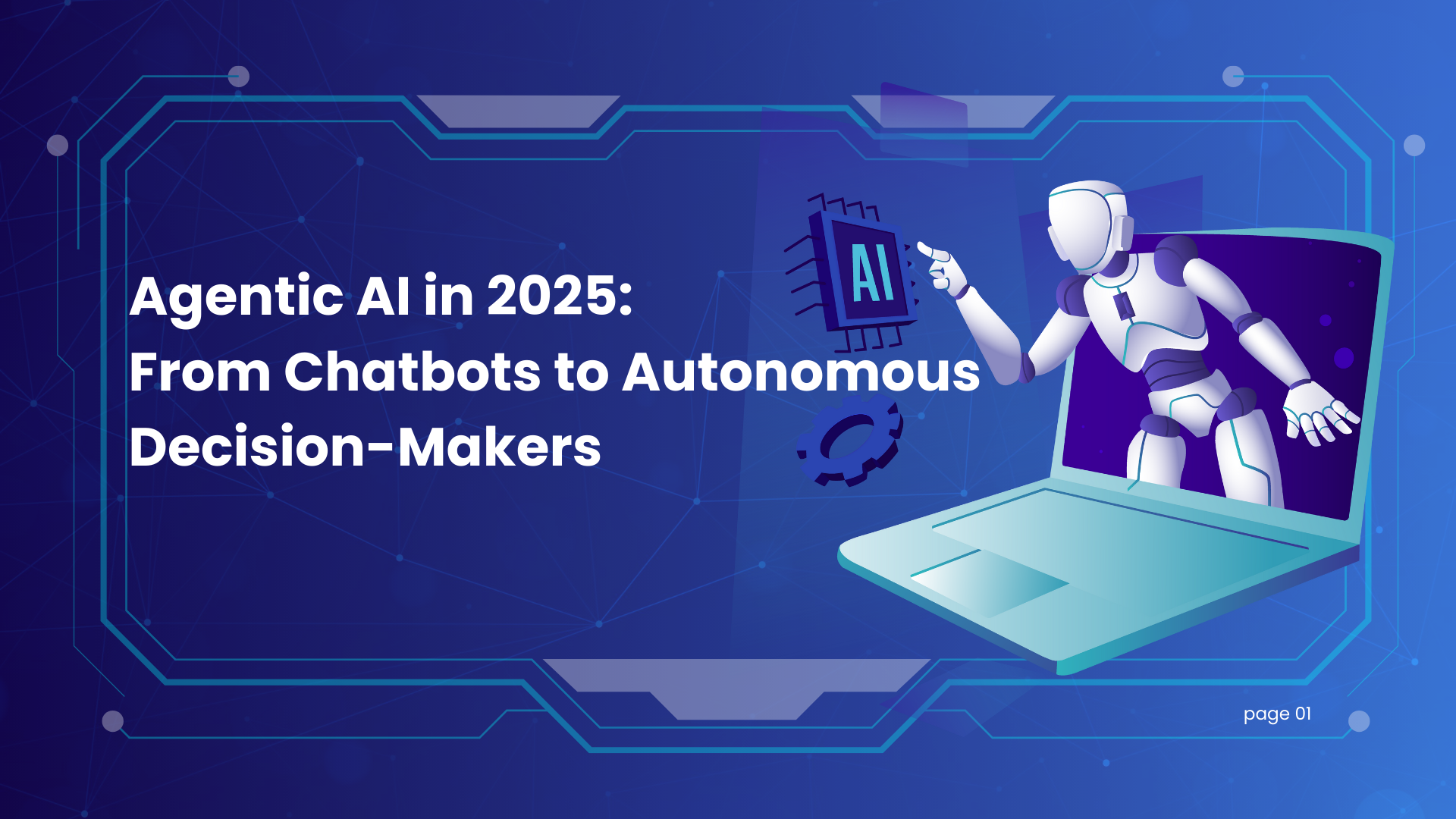For decades, humanoid robots have been the stuff of science fiction. From C-3PO in Star Wars to the helpful androids of futuristic novels, the idea of robots that look, move, and interact like humans has always seemed like a distant dream. Yet here we are in 2025, standing on the threshold of a new reality: humanoid robots are no longer fantasy—they are quietly and rapidly making their way into the workplace.
Far from stealing the spotlight in sci-fi movies, these robots are showing up in warehouses, retail stores, hospitals, and even offices. And while the public imagination often leaps to fears of job replacement or dystopian futures, the truth is more nuanced and far more exciting. Humanoid robots are emerging as assistants, not replacements—designed to augment human productivity, take over repetitive or dangerous tasks, and help us work smarter.
This blog explores why humanoid robots are now commercially viable, how companies are deploying them, the industries most likely to adopt them first, and the profound cultural, economic, and ethical implications of this shift.
Why Humanoid Robots, and Why Now?
You might ask: Why design robots to look like us at all? Wouldn’t simpler, task-specific machines be more efficient?
The answer lies in human environments. Our workplaces, homes, and public spaces are all built for the human form—our height, our reach, our ability to open doors, climb stairs, or carry objects. Designing robots with a humanoid form makes them instantly compatible with the world we’ve already built, avoiding the need for massive redesigns of infrastructure.
But until recently, humanoid robots faced steep technological barriers:
- Mobility & Balance: Teaching a robot to walk smoothly on two legs was once a moonshot-level challenge. Advances in machine learning, sensors, and robotics have made stable bipedal locomotion practical.
- Dexterity: Human hands are incredibly complex. Thanks to breakthroughs in robotic grippers and tactile sensors, humanoid robots can now manipulate objects with surprising finesse.
- AI & Vision: Modern robots use advanced computer vision and AI to perceive their environment and respond to it in real time, allowing them to operate safely alongside people.
- Cost Reduction: What was once prohibitively expensive is now within reach. The economies of scale from electric vehicles, sensors, and AI hardware have driven costs down dramatically.
In short: the combination of AI maturity, robotics engineering, and cheaper hardware has made humanoid robots commercially viable in 2025.
Who’s Building the Future? Key Players in Humanoid Robotics
Several high-profile companies are racing to bring humanoid robots into the workforce:
- Tesla (Optimus): Elon Musk’s Tesla Bot—nicknamed Optimus—is designed as a general-purpose humanoid for manufacturing and household tasks. Built on Tesla’s expertise in AI and battery technology, it’s one of the most ambitious projects.
- Agility Robotics (Digit): Already being deployed in warehouses, Digit is a bipedal robot focused on logistics, capable of carrying packages and working alongside human teams. Amazon has been piloting it in distribution centers.
- Figure AI (Figure 01): A startup creating robots for labor shortages in industries like retail, restaurants, and logistics. They emphasize the long-term vision of a “general-purpose worker.”
- Boston Dynamics: Famous for its acrobatic robots like Atlas, Boston Dynamics is transitioning its research into commercial-ready assistants for heavy lifting and industrial use.
- Apptronik (Apollo): Designed as a workforce-ready robot for logistics and retail, Apollo emphasizes safety, adaptability, and ease of integration with human workflows.
With billions in venture funding and enterprise partnerships, these companies are betting that humanoid robots will soon be as normal as forklifts, kiosks, or smartphones.
Where Humanoid Robots Are Already Working
Though it may feel futuristic, humanoid robots are not waiting for tomorrow—they’re already being tested in real-world settings.
1. Warehousing and Logistics
One of the earliest and most promising applications is in warehouses. Robots like Agility’s Digit can:
- Carry and stack boxes.
- Navigate narrow aisles.
- Work during labor shortages.
For companies like Amazon, Walmart, and FedEx, humanoid robots could address persistent staffing challenges in physically demanding roles.
2. Manufacturing
Factories already rely heavily on automation, but humanoid robots bring flexibility. Unlike fixed robotic arms, they can:
- Move between workstations.
- Perform a variety of manual assembly tasks.
- Be retrained for new workflows with software updates.
This adaptability makes them appealing in industries where production lines change frequently, such as electronics or automotive manufacturing.
3. Healthcare and Elder Care
In hospitals and elder-care facilities, humanoid robots can assist with:
- Transporting supplies.
- Helping patients move.
- Offering companionship or cognitive stimulation for the elderly.
As many societies face aging populations, robots could help fill caregiving gaps while freeing nurses and doctors to focus on higher-value tasks.
4. Retail and Hospitality
Retailers are experimenting with humanoid robots for:
- Stocking shelves.
- Guiding customers.
- Delivering food or packages.
Imagine walking into a hotel lobby and being checked in by a friendly robot receptionist—efficient, tireless, and multilingual.
5. Dangerous or Hazardous Jobs
Mining, firefighting, military logistics, and disaster response are areas where humanoid robots can step into harm’s way. Sending a robot instead of a person into a collapsed building or hazardous environment could save countless lives.
Benefits: Why Businesses Are Interested
The appeal of humanoid robots is multifaceted:
- Productivity Boost: Robots can work tirelessly, 24/7, without breaks.
- Labor Shortage Solution: Many industries face chronic shortages of workers for physically demanding or repetitive jobs.
- Safety: Robots can handle dangerous tasks—reducing workplace injuries.
- Cost Efficiency (Long-Term): While initial investment is high, robots don’t require benefits, vacations, or healthcare.
- Consistency: Robots deliver standardized, error-free performance in repetitive tasks.
Concerns and Challenges
Of course, the rise of humanoid robots is not without its challenges:
1. Job Displacement Anxiety
The biggest public fear is that robots will take jobs. The reality is more complex: robots are likely to replace tasks rather than entire jobs. Human workers will still be needed for creativity, decision-making, and social intelligence.
2. High Costs (For Now)
While costs are falling, humanoid robots are still expensive to build, train, and maintain. Mass adoption will require further cost reductions.
3. Safety and Reliability
Operating robots alongside humans raises safety questions. Companies must ensure robots don’t malfunction in ways that endanger workers.
4. Ethical and Social Questions
How should society regulate humanoid robots? Should they have rights or responsibilities? Should there be limits on where and how they’re used?
5. Cultural Acceptance
Not everyone is comfortable working alongside humanoid robots. Widespread adoption will require trust-building and cultural adaptation.
The Future of Work with Humanoid Robots
Looking ahead, the most likely future is not one where humanoid robots replace humans entirely, but where they become part of our teams. Imagine:
- In a hospital, a nurse supervises patient care while a robot transports supplies.
- In a warehouse, human managers oversee logistics while robots handle heavy lifting.
- In retail, employees focus on customer engagement while robots handle stocking.
In essence, humanoid robots will free humans to focus on creativity, empathy, strategy, and problem-solving—the skills that truly set us apart.
Conclusion: From Sci-Fi to Shop Floor
Humanoid robots are crossing the threshold from futuristic fantasy to workplace reality. They’re not here to replace us but to assist us, taking on repetitive, dangerous, or physically demanding tasks. The technology is still young, but momentum is strong, and the first wave of humanoid robots is already being tested in warehouses, factories, and healthcare facilities worldwide.
Much like the rise of personal computers or smartphones, the adoption of humanoid robots will feel strange at first, then quickly become ordinary. Twenty years from now, we may look back and wonder how workplaces ever functioned without robotic assistants.
The bottom line? Humanoid robots are not sci-fi anymore. They’re here to help us work smarter, safer, and better.









